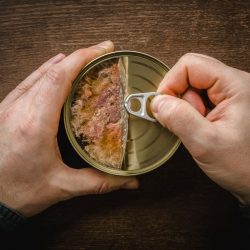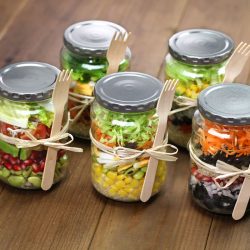Mason jars are valuable dishes that are frequently used for canning. People now use these jars in more versatile ways and in various projects, including baking and drink storage. If you've begun using Mason jars frequently, it's essential to know how to use them safely. We've done the research and can tell you whether it's safe to put Mason jars in the oven.
It would be best if you never put Mason jars in the oven. These jars are typically not made from oven-safe glass and can break under stress.
Keep reading to discover why oven heating isn't safe, how to heat your Mason jars, and other important information!
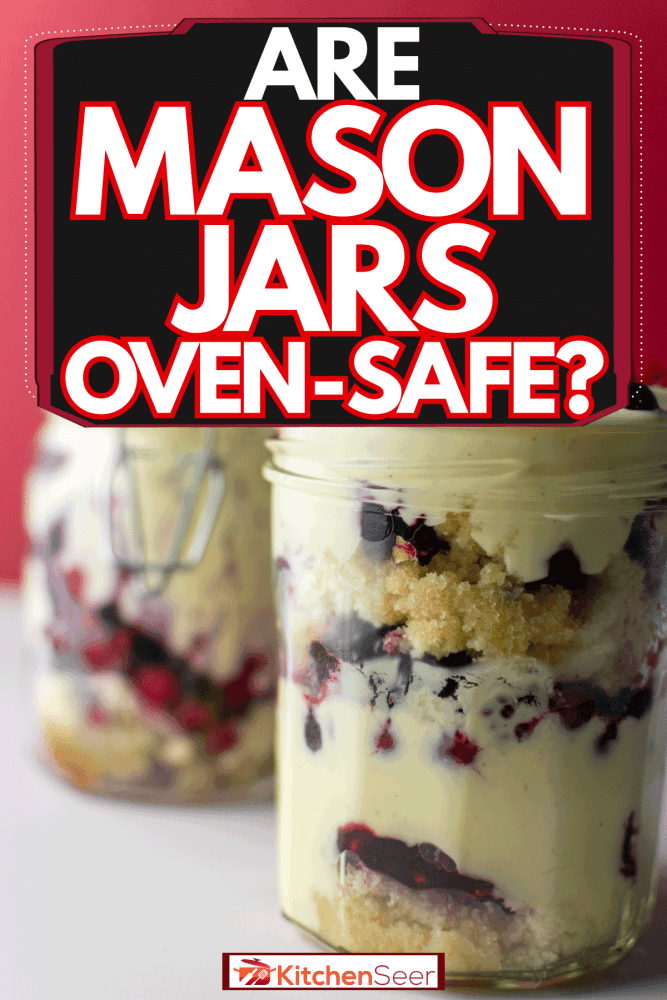
How Do you Heat Mason jars in the Oven?
You should not heat Mason jars in the oven! It isn't safe and isn't an effective method for heating and sterilizing your jar. Remember that glass is a poor heat conductor.
So, if you decide to heat your jar in the oven, not all areas may heat at the same rate. Plus, the extreme changes in heat may cause your glass to shatter. The dangers of putting Mason jars in the oven far outweigh the positives.
If you do need to heat your Mason jar, you should consider running it under warm water. You can slowly increase the temperature of the water to warm your jar safely. This method protects your glass from quick temperature changes. Once your Mason jar is adequately heated, you can transfer it to a hot water bath for sterilization or transfer hot food into the container.
How Hot Can a Mason jar get Before it Breaks?
Most standard-size Mason jars have a soda-lime glass material. This type of glass can withstand temperatures up to 392 degrees Fahrenheit before it breaks.
The major problem with Mason jars is how little thermal shock resistance they have. Thermal shock resistance refers to an item's ability to withstand rapid temperature changes. Mason jars have a low resistance to changes in temperature. These jars can shatter even from sudden changes while sterilizing.
How do you Know if a Glass is Oven-Safe?
Tempered glass and dishes that are labeled oven-safe are typically safe for oven use. Don't place smaller glass dishes, such as cups and bowls, into the oven as these generally aren't made to withstand oven temperatures.
Before putting any glass dishes into your oven, you should look for any defects. A dish that has a chip or crack is much more likely to shatter.
You should also avoid sudden temperature changes. To prevent potential breaks from temperature changes, only put your glass dishes into a preheated oven. A preheated oven is already at a uniform temperature. A standard temperature will prevent any uneven heating on your glass dish.
Need more information? Check out "Are Glass Containers Oven Safe? [Here's How To Tell]" for more information!
Mason Jar History
Mason jars were patented in 1858 by an American tinsmith. These molded glass jars have been popular for home canning and food preservation. The tin lids on Mason jars have a rubber, airtight seal.
However, you shouldn't count on that seal if you reuse your lid. Always purchase new lids when using your glass containers for canning. New lids guarantee an airtight seal that will protect your food from bacteria and spoiling.
Check out these Mason jar lids and rings on Amazon!
Mason Jar Uses
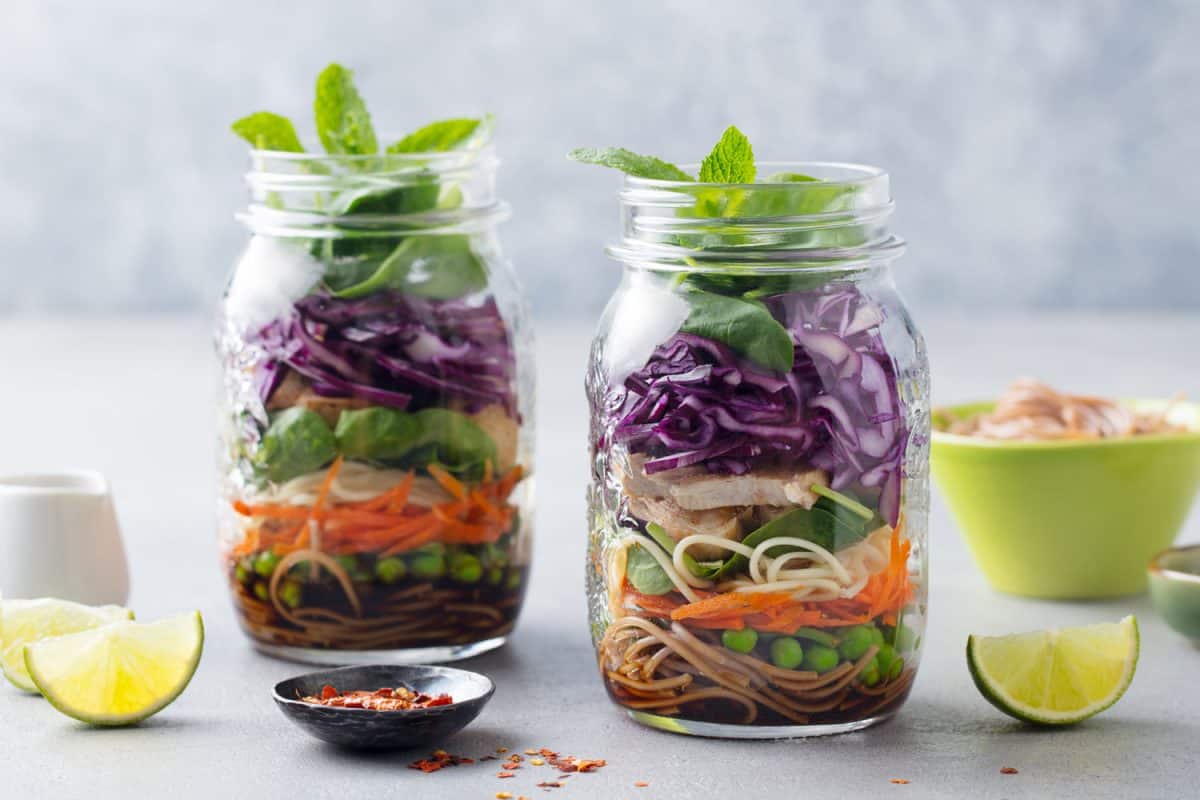
While they were initially used for canning and preservation, Mason jars have several uses today. These jars have become a jack of all trades, and people now use them for anything from drinks to decor.
The increase in popularity of Mason jars has meant that more people are using these jars unsafely. Several websites suggest that Mason jars are safe for oven use. Some baked recipes involve baking your goods directly in the jar. Others recommend sterilizing and canning your jars directly in the oven. Let's take a closer look at why these methods are unsafe and why you should avoid them!
Oven Canning
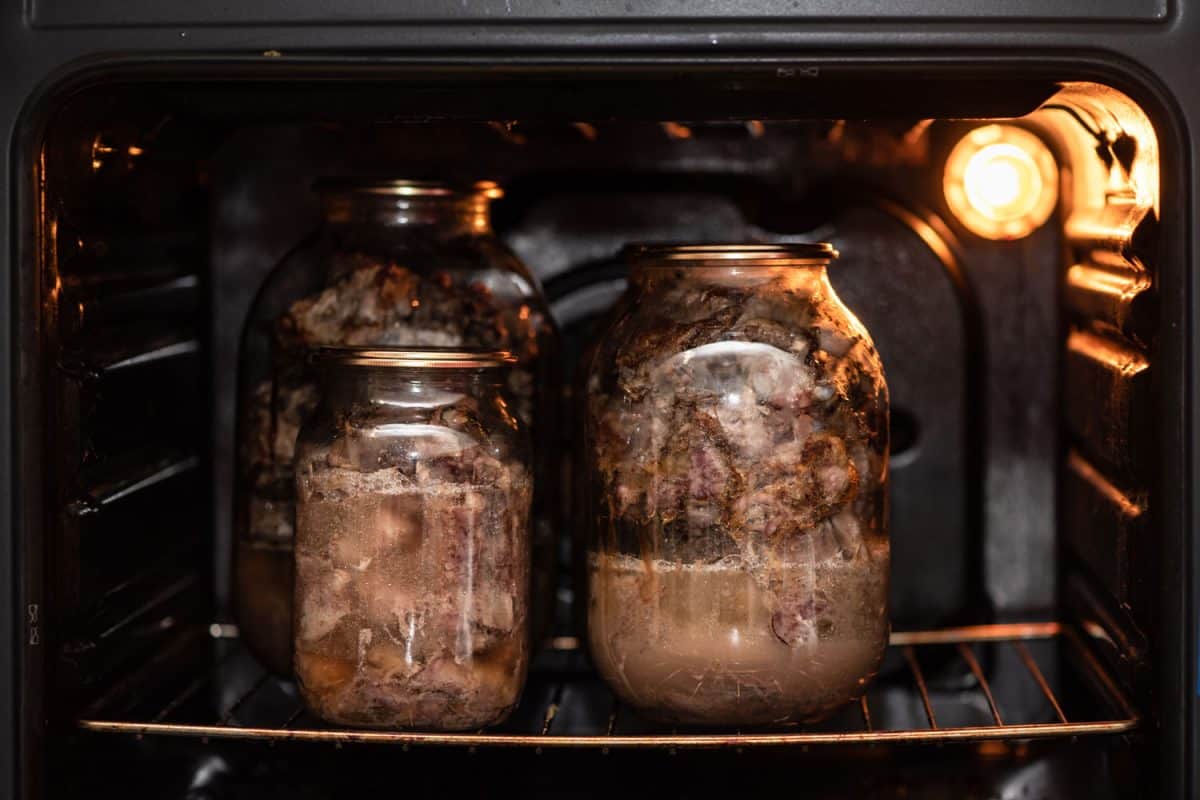
Oven canning was once the most popular method for canning foods at home. This technique involves filling your Mason jar with food, such as fruit, and then baking it. The dangers of oven canning became more prevalent around 1945.
This canning method is hazardous. Glass can shatter during the cooking process and when being removed from the oven. This method can even damage your oven.
The producers of Mason jars did not design them for oven canning. Their design makes glass unable to withstand high temperatures for long amounts of time. Since oven canning rarely cooks foods to the proper temperatures, it won't heat the glass evenly either. Heat doesn't transfer quickly through the glass. So, you'll likely have an unheated center.
Alternative Canning Methods
There are three scientifically approved ways to preserve your foods in glass jars at home. You can use a pressure canner, boiling water, or atmospheric steam. Before selecting a canning method, you need to determine what food you'll be preserving. Foods low in acid are great for pressure canning. Fruits, jams, and jellies are good options for boiling water canning.
Check out this pressure canner on Amazon!
Check out this steam canner on Amazon!
Sterilization
Another reason people put Mason jars in the oven is to sterilize them. This is another unsafe method that you should avoid. Mason jars are not designed for oven use. The glass won't heat at the same rate. So, not all the glass may reach a temperature that will sterilize it. There is also a high probability that your jar will break during or after the heating process.
Alternative Sterilization Methods
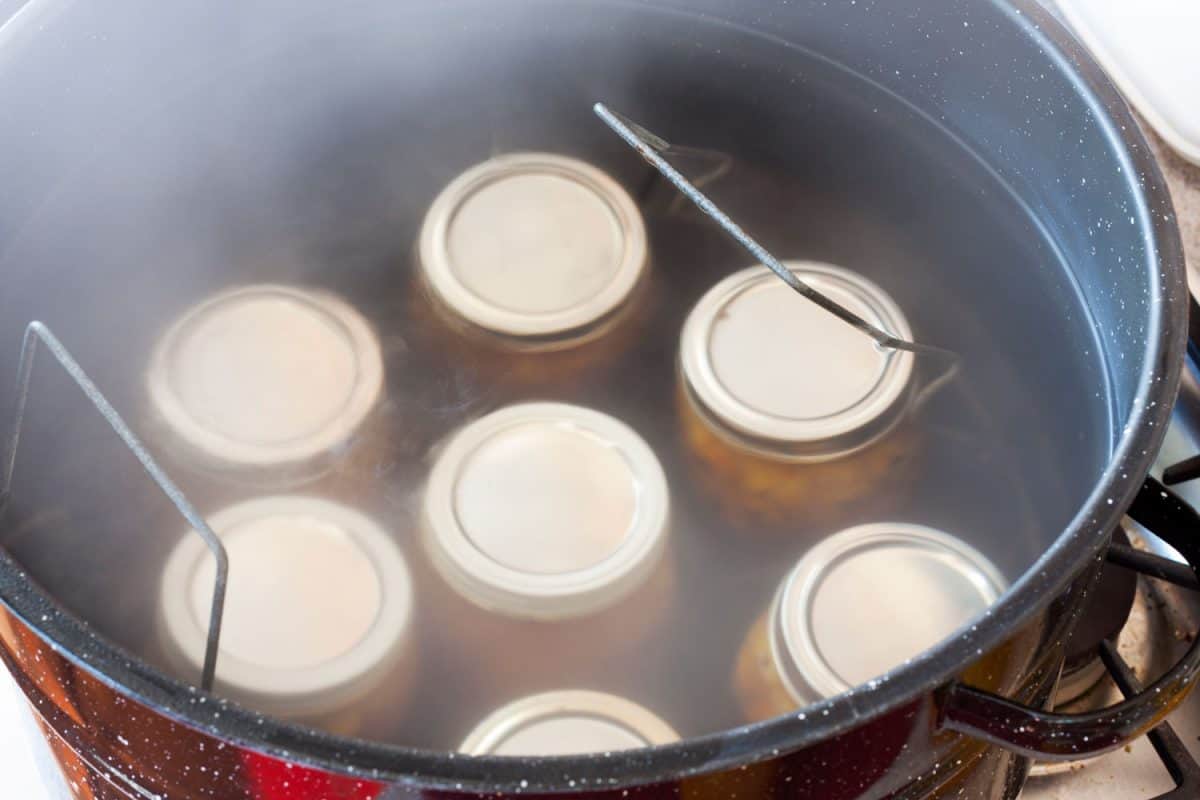
Boiling water is the ideal method for sterilizing your Mason jars. At elevations under 1,000 feet, you'll need to have your jar submerged in hot water for at least 10 minutes. For every additional 1,000 feet, add 1 minute of boiling time.
You can use a water-bath canner or a deep pot and rack set to sterilize your jars. Submerge your jars in water and put them on the stove. Once your water begins to boil, cover the pot, and set a timer for at least 10 minutes. Your jars are sanitized once the timer is complete. Be sure to jar your food while the dish is still warm. If you wait too long, then you'll have to resterilize your jars.
Check out this video to see how to do it!
Check out this jar rack set for canning on Amazon!
Check out this water bath canner on Amazon!
Mason Jar Baking
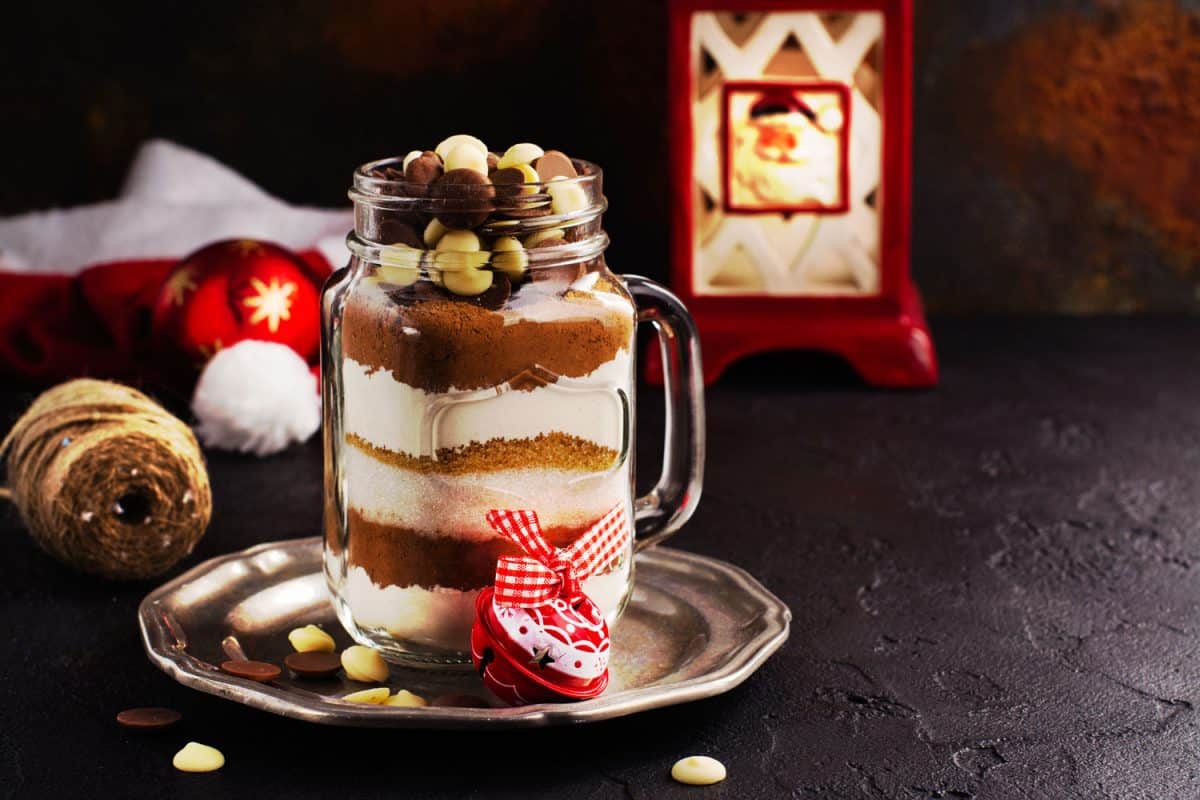
Many people use Mason jars to display various food products. Interesting designs and layers can be created and displayed because of the transparent nature of the dish.
While it's safe to serve food in Mason jars, you should avoid recipes that ask you to bake your glass jar in the oven. Baking with Mason jars poses the same issues as oven canning and sterilizing do. The potential for breakage is too great.
Can you Put a Mason jar in the Microwave?
Yes, but it depends on the Mason jar you have. Many newly made Mason jars are microwave-safe and even have the "microwave-safe" symbol to prove it.
However, many older Mason jars don't have this symbol. In these instances, you may want to avoid putting it in the microwave. Because manufacturers use non-tempered glass to make Mason Jars, the high temperatures of the microwave may cause the jar to break.
You should not microwave the lids of Mason jars! This is especially true if there is any sort of metal on the lid.
In Closing
Mason jars are a versatile dish that you can use throughout your kitchen. Unfortunately, these handy jars are not great at withstanding sudden temperature changes. So, you should avoid any recipes or sterilization that involves putting them in an oven.
You may also enjoy:
Can Frying Pans Go In The Oven?






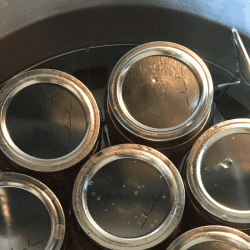

![Woman closing microwave door, Are Glass Containers Oven Safe? [Here's How To Tell]](https://kitchenseer.com/wp-content/uploads/2021/10/Woman-closing-microwave-door-250x250.jpg)

